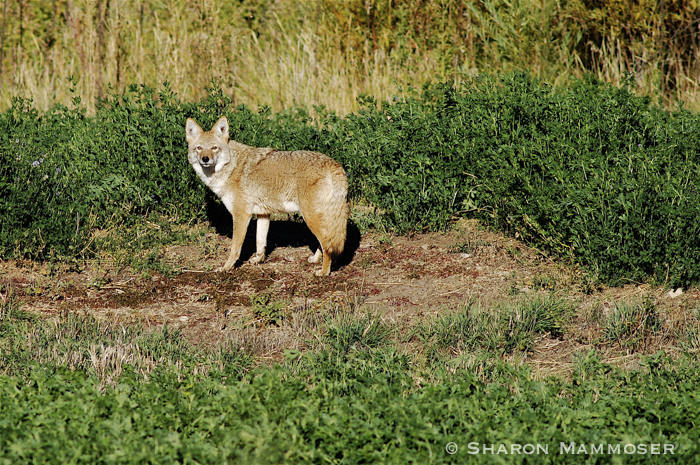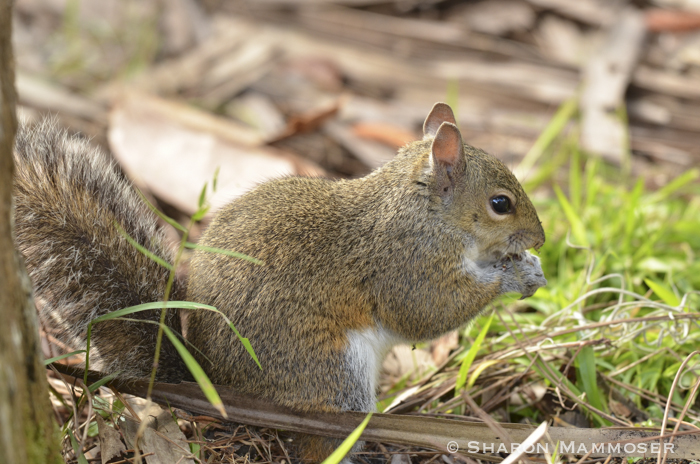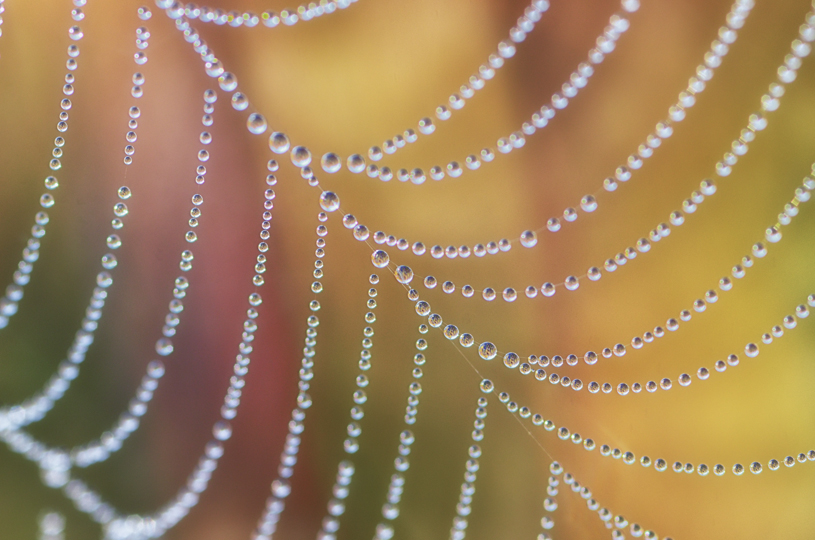
Do you have any ideas about last week’s puzzler?
Did you know that many vertebrates, especially those that are nocturnal or crepuscular (active at dawn and dusk), have a special reflective surface in the backs of their eyes, behind their retinas, that allow them to see better in low light conditions? This layer, called a tapetum lucidum, (pronounced HERE) acts like a mirror, sending light back through the retina and thus increasing light available to the photoreceptors in the eye. It is often referred to as eyeshine and is just another example of Nature’s amazing adaptations! It makes sense that if you are an animal out in the dark, you would have an adaptation that would allow you to fully utilize ALL available light. Not all animals have this layer, including most primates, squirrels and many birds.

Interestingly according to Cynthia Powell, a veterinary ophthalmologist at Colorado State University. “Not all eyes animals’ glow the same color. This is due to different substances — like riboflavin or zinc — in an animal’s tapetum. Also, there are varying amounts of pigment within the retina, and that can affect the color. Age and other factors also can change the color, so even two dogs of the same species could have eyes that glow different colors.” The angle at which the eyes are viewed can also affect the color of the light.
I used to think that the red eye you get in people from using a flash was caused by this tapetum, but just learned this is not true, as humans actually lack this tapetum lucidum. Instead, the red eye happens because the light from the flash occurs too fast for the pupil to close, so much of the bright light passes into the eye. The camera records this reflected light off the ample blood in the connective tissue in the back of the eye, behind the retina. Hence, the red eye so visible with flash photography!

If you go out at night with a bright light, you can sometimes catch a glimpse of an animal’s eyeshine. Fish, including walleye have white eyeshine. Horses and many mammals have blue eyeshine. Cats, dogs and raccoons have green eyeshine and coyotes, rodents, opossums and some birds have red eyeshine. I do not have pictures of the eyeshine of any of these! because I don’t usually take my camera out at night… you will have to go out some dark night and see it for yourself! It will be a fun experiment!
Have a fabulous weekend–did you get snow where you live? We did here in western North Carolina and WOW, it’s going to be a fun day playing in the snow! I can’t wait….
Click HERE for the next puzzler!

